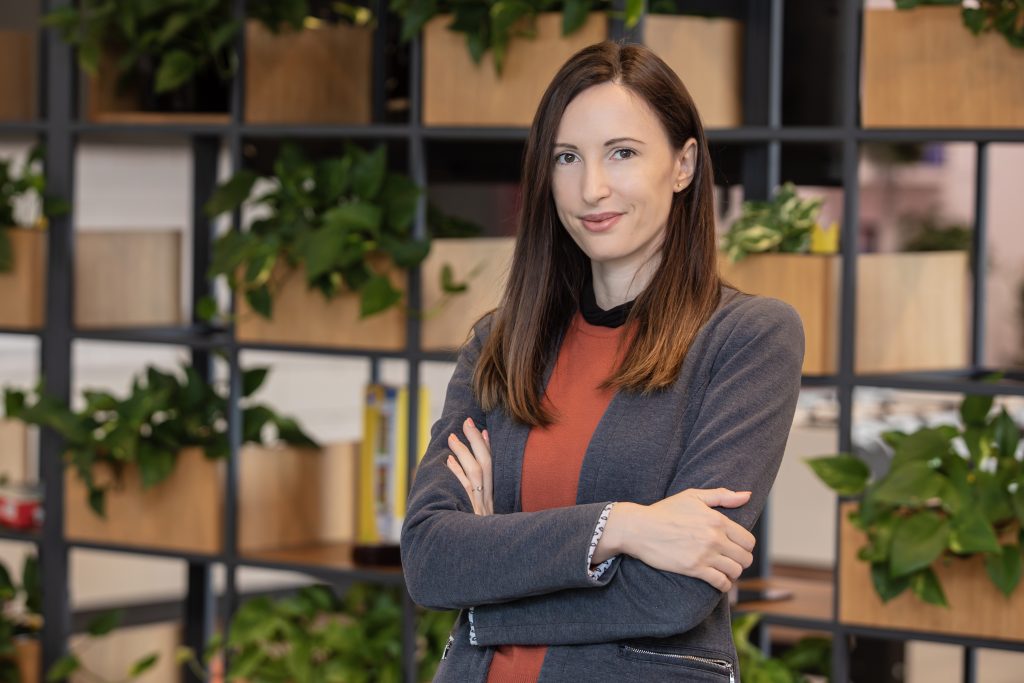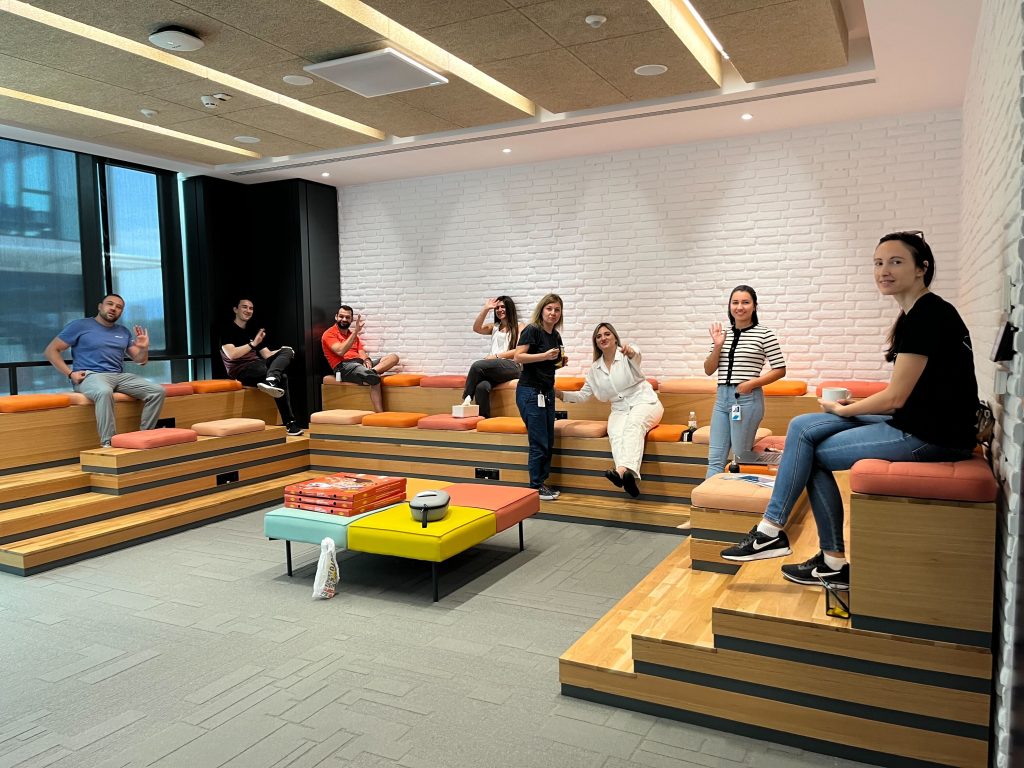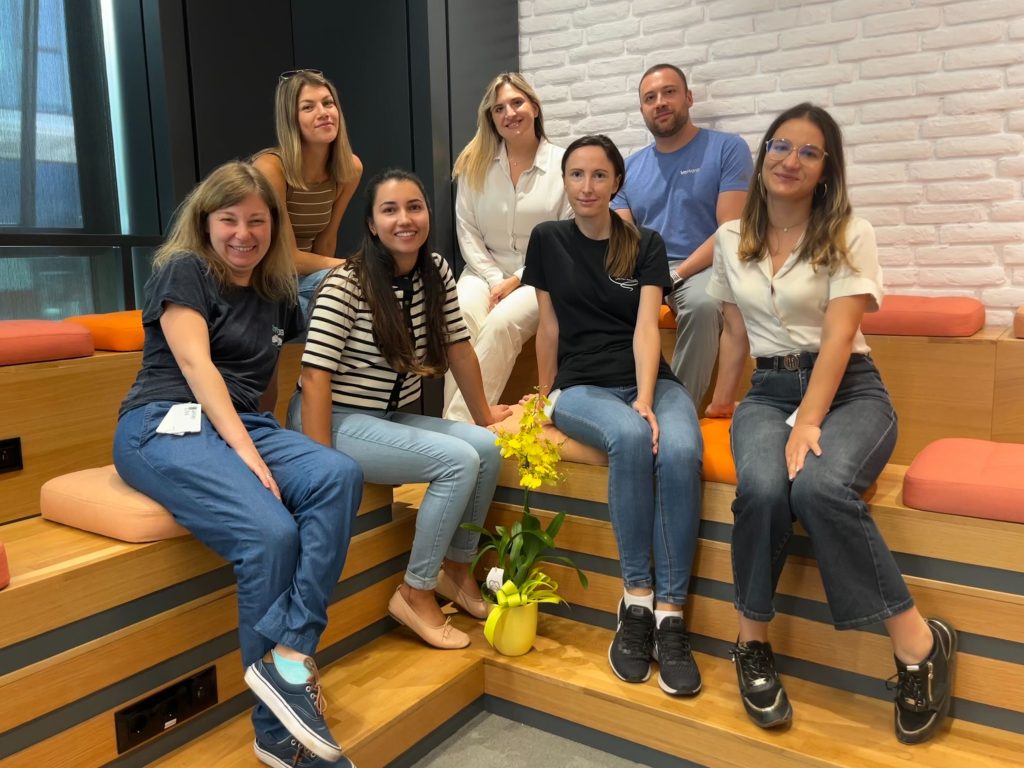Mariya Ilieva is a Product Designer at the Digital Employee Experience team at VMware. She was one out of two Product Designers in the team when she joined the company. Two years later she chose the managerial track and transitioned from doing design to the business of design.
Mariya, what does a Product Designer do?
The Product Designer, also known as UX/UI designer, plays a crucial role in the development of digital products and services together with the Product Manager and the engineering team. Our primary focus is to understand who will use our product and how they’ll use it so we can design solutions that are intuitive, usable, and enjoyable for the users. This paradigm known as user-centric design places the needs, preferences, and behaviors of the end users at the forefront of the design process.
Our work, when done well, contributes to the overall success of a product by enhancing the users’ satisfaction and engagement therefore helping organizations meet their customers’ expectations and keep their competitive edge.
Tell us about your professional journey. How did you choose the role of a Product Designer?
I graduated in Architecture, but I realized soon on the job that this is not the field I want to pursue. I started working as a Project Manager in a small software development company, where I worked very closely with the engineers and UX designers. It didn’t take me long to see that architecture, graphic design and UX design share the same underlying design principles, it’s only the end product that is different. That’s when I decided to reskill myself in UX design.

Transiting from architecture to UX was not a linear and straightforward process though. I needed support and I was lucky enough to have it.
I’ve been with VMware for three and a half years. I joined the EUC team as one of the two first product designers on the team. I thought it would be very challenging to take on a role that hadn’t existed before in the team. However, our colleagues made our onboarding and integration in the team dynamics very natural and easy. Last year I took the managerial track and transitioned from doing design to the business of design. The challenges are different but it’s existing and I’m grateful that VMware gives us the opportunity to develop according to our aspirations.
What does it take for a woman to succeed in the tech business?
A growth mindset, which is valid for both men and women. For me this means embracing change in both life and work, accepting that often there are no rules and proven paths, systems and data are not perfect and you have to do your best with what you have. And what helps you develop this mindset is continuous learning, self-reflection, persistence and learning from feedback. I also believe that one should stay true to their core values no matter the situation as this is always going to center you and keep you focused in times of uncertainty.
Additionally, I find women’s support groups within the company, or external, inspiring and motivating.

What is success for you?
I like to think that you can have it all. My role models are women who manage to navigate both their professional and family lives. Diana Stefanova, Vice President Regional Communities Strategy, is a great example and someone who truly inspires me. Overall, I find inspiring the stories of women who have become leaders of large organizations.
What are your work hacks?
Your biggest investment in your career is developing trust and effective collaboration with your colleagues. Collaboration among the different stakeholders in the software development lifecycle is crucial. It enhances decision-making by integrating diverse perspectives, aligning with the user needs, and facilitating an efficient process.
Critical components of collaboration are trust, open-mindedness and empathy for the other person or team’ technical, time and resource limitations. Understanding what the other team has to overcome helps you understand their perspective better.
The product designer’s decisions are driven by what’s most intuitive for the users. If this trust is not established, we often hear from the engineering team that this cannot be done. While if we engage in an open discussion about each other’s challenges and limitations we can come up with a solution that achieves our initial goal following a different road.
Could you share your favorite resources for personal and professional development?
I like listening to podcasts on Spotify. This way I feel like I have easy access to the greatest resources worldwide. My favorites are: The Anxious Achiever, Women at work and Super managers. Some design related ones are: Design Chats Podcast and UI Breakfast.






